ETC Raises the Bar with their PARs
 ETC has long been a game changer in theatrical lighting. ETC’s Source Four technology, introduced in 1992, ushered in the ellipsoidal luminaire and the HPL lamp, both of which are popular choices in many stage lighting applications. ETC is once more making waves, this time by adapting their Source Four technology to the PAR can. ETC’s Source Four PAR Enhanced Aluminum Reflector (EA) is powerful, aesthetically appealing, and versatile. The Source Four PAR EA is among the brightest PAR cans available, it is rated for 750w HPL lamps which make it comparable to a PAR64 can with a 1,000w lamp (For more info on HPL lamps, see the article on them posted on our blog). This means that the PAR EA will save you energy over PAR 64s. This fact sets the Source Four EA apart from other PAR cans, but one only needs to see the Source Four’s die-cast aluminum housing to know that this PAR can is different. The Source Four EA’s narrow sculpted can and its attractive black or white finishes make it an attractive option for architectural lighting in addition to stage lighting.
ETC has long been a game changer in theatrical lighting. ETC’s Source Four technology, introduced in 1992, ushered in the ellipsoidal luminaire and the HPL lamp, both of which are popular choices in many stage lighting applications. ETC is once more making waves, this time by adapting their Source Four technology to the PAR can. ETC’s Source Four PAR Enhanced Aluminum Reflector (EA) is powerful, aesthetically appealing, and versatile. The Source Four PAR EA is among the brightest PAR cans available, it is rated for 750w HPL lamps which make it comparable to a PAR64 can with a 1,000w lamp (For more info on HPL lamps, see the article on them posted on our blog). This means that the PAR EA will save you energy over PAR 64s. This fact sets the Source Four EA apart from other PAR cans, but one only needs to see the Source Four’s die-cast aluminum housing to know that this PAR can is different. The Source Four EA’s narrow sculpted can and its attractive black or white finishes make it an attractive option for architectural lighting in addition to stage lighting. The Source Four PAR EA, like many of ETC’s products, is distinguished by its versatility and usability. The Source Four PAR features interchangeable lenses that run the gamut of beam types from very narrow spot (VNSP) to extra wide flood (XWFL) (optional lens) for broad even washes at shorter distances. The Source Four PAR features unrivaled usability and excellent design with its system of snap-in rings that hold the lenses in place, allowing you to avoid the potentially hazardous task of reach into a hot PAR can. ETC has also addressed one of the PAR can’s most serious short comings, its generation of heat. The Source Four PAR Metal Cold Mirror (MCM) has all of the features of the EA, but features a special reflector coating that prevents heat from leaving the fixture.
ETC’s Source Four PAR EA and PAR MM represent the latest in PAR can technology. As with all of their products, ETC’s PARs feature amazing versatility and performance and attractive design. If you are looking to ramp-up your PAR can arsenal with increased versatility at less wattage then look no further than ETC’s PAR cans. BulbAmerica stocks all of them and other ETC products at amazing prices, so be sure to check us out!






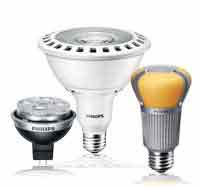
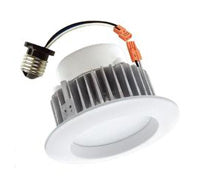

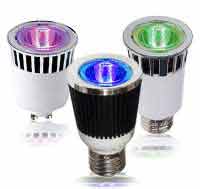


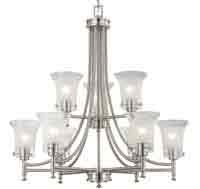
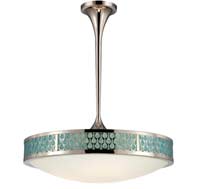




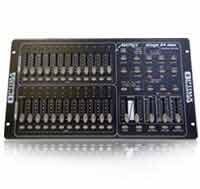
 Continuous lighting in a photography studio can make or break the photos being taken there. Therefore, the choice of light the photographer makes is essential to his or her photos, and will strongly influence the way they come out. ‘Hot’ lights, or
Continuous lighting in a photography studio can make or break the photos being taken there. Therefore, the choice of light the photographer makes is essential to his or her photos, and will strongly influence the way they come out. ‘Hot’ lights, or  Recently the house of worship lighting market has been inundated by options for
Recently the house of worship lighting market has been inundated by options for 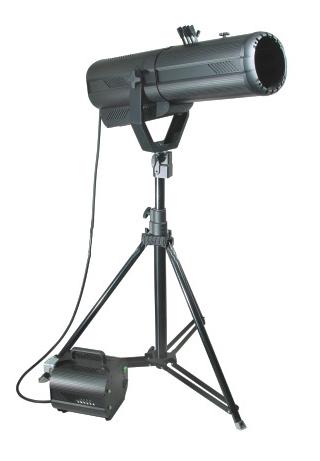 The
The 


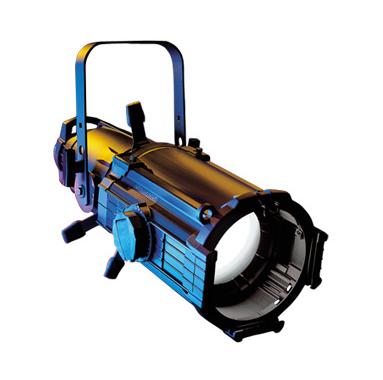 In the July issue of
In the July issue of  Elation Professional is typically known for its quality
Elation Professional is typically known for its quality  As
As 





Stay in Touch